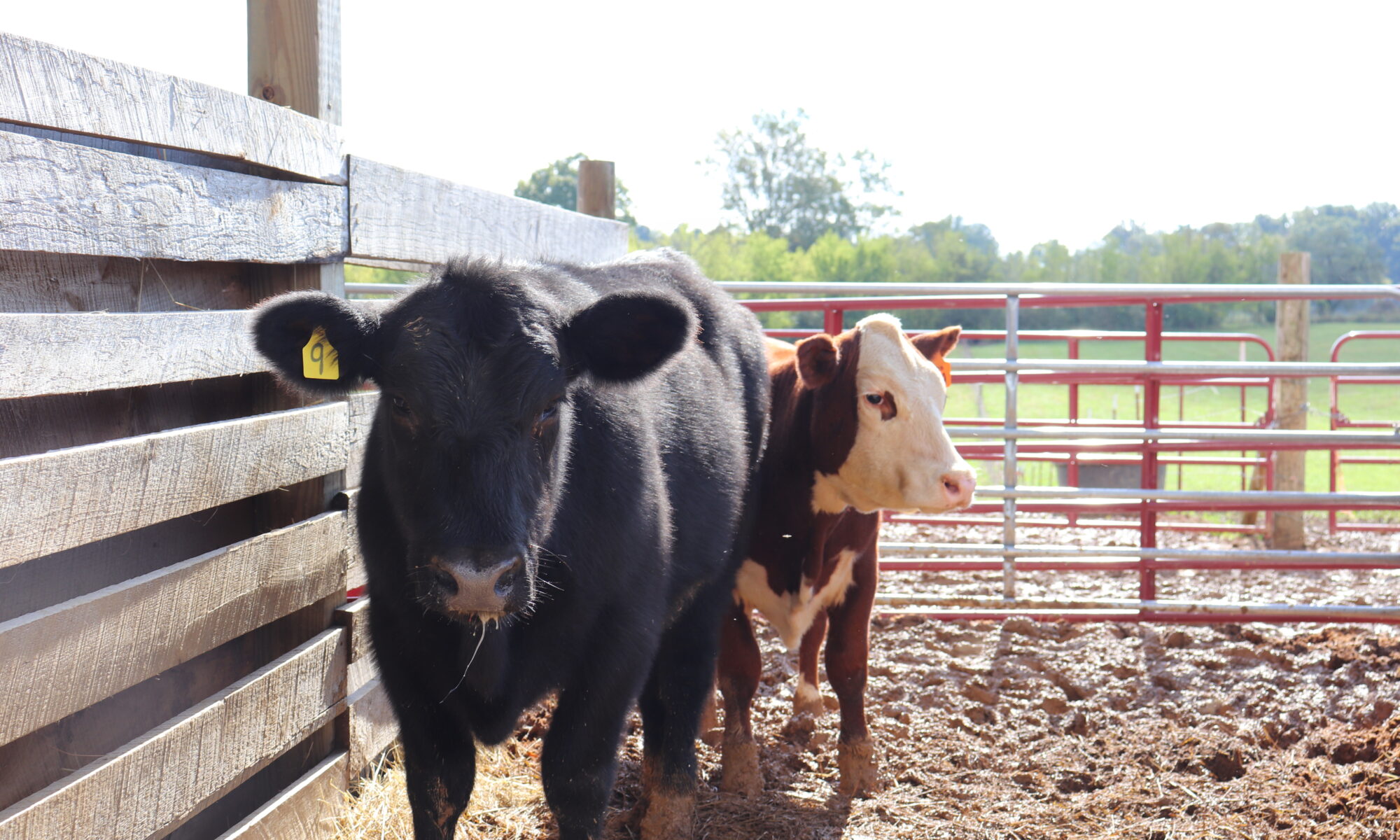

Dr. Andrew Griffith
Assistant Professor
Department of Agricultural and Resource Economics
P: 865-974-7480
Feedlots appear to be chock-full of cattle given the industry has fewer cows to produce calves and heifer retention is expected to begin sooner rather than later. Maybe the title is slightly misleading in that feedlots are not overflowing or filled to the brim with cattle, but there does seem to be more cattle on feed than many would have expected. This article discusses the number of cattle on feed at the start of June, which means the information will be slightly dated given the July cattle on feed report will have been released between this writing and publication.
The quantity of cattle on feed as of June 1, 2024 totaled 11.58 million head compared to 11.59 million head the previous June and an average of 11.73 million head from 2018 through 2022. There are a few explanations for the strength in cattle on feed numbers. The first is a slower marketing rate. During the first five months of 2024, 9.17 million head of cattle had been marketed compared to 9.21 million head the previous year and an average of 9.22 million head from 2018-2022. The slower marketing rate is somewhat of a cat and mouse game as packers attempt to manage total beef production. However, cattle feeders have an incentive to keep cattle on feed longer, which maintains a higher quantity of cattle on feed relative to shorter feeding periods.
A second factor lending itself to strong cattle on feed numbers is strong placements the first five months of 2024. Placements into feedlots from January through May totaled 9.14 million head for 2024 compared to 9.37 million head over the same five months in 2023 and 9.42 million head from 2018 through 2022. A difference of 230,000 head of feeder cattle being placed in feedlots over a five-month period is a rather small difference. This is especially true when considering it is only a half week of packer slaughter.
More details could be discussed as it relates to the June cattle on feed report, but most people will have already consumed the July numbers by the time this is published. Thus, it is pertinent to consider feeder cattle marketings in June to get an idea of what led up to the July on feed numbers. The national feeder and stocker cattle receipts for June 2024 totaled 790,700 head compared to 929,900 the previous year, which would seem to infer a reduction in placements this June compared to last June. The quantity of receipts from the national feeder and stocker cattle receipts report the first six months of 2024 totaled 6.67 million head compared to 7.08 million head the first six months of 2023, which certainly supports the decline in cattle numbers reported in the January 1 cattle inventory report.
The one surprising aspect of all these values is not the slight declines in the number of cattle working their way through the cattle feeding system, but rather that the decline is not more significant. At this stage in the game, one would suspect producers to begin retaining some heifers for breeding, but the heifers are exactly the class of animal that has kept the quantity of cattle on feed elevated. This is not totally unexpected as most producers calve in the spring and have not had the opportunity to decide on heifer retention. However, those with fall calving herds are certainly in that decision-making process as most of those calves would already be in the weaning pen.
There are some industry commentators that are predicting doom and gloom for different sectors of the cattle industry due to high prices from farm all the way to the table while others think nothing can go wrong for several years. These predictions are about as accurate as the local meteorologist is at predicting tomorrow’s chance of rain. They often cannot even predict yesterday’s weather, much less today’s or tomorrow’s weather. Understanding that was a joke, every commentary heard or read concerning cattle markets should be taken with a grain of salt. The reason is because the future cannot be perfectly predicted. Everyone is attempting to make the best decisions today based on current information, and that information may change tomorrow, which may mean decisions need to change.